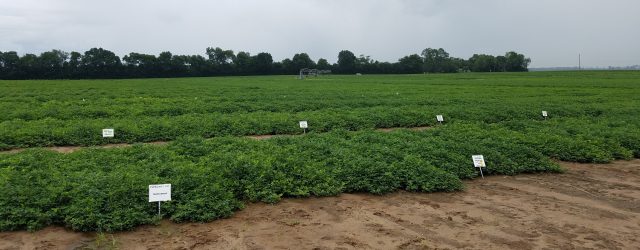
by Nicholas Dufault | Feb 16, 2018
Nicholas Dufault, UF/IFAS Crop Pathologist, and Patrick Troy, UF/IFAS Row Crop Regional Agent As the 2018 peanut production season approaches, it is time for producers to start considering their fungicide programs. Chlorothalonil has been a staple fungicide in many...
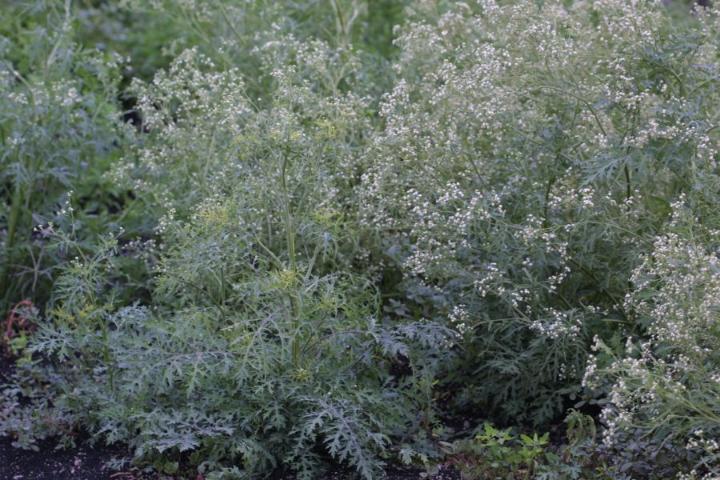
by Kalyn Waters | Feb 16, 2018
Ragweed is a native plant of North America. It is a herbaceous plant that is common in tropical and subtropic environments, belonging to the Asteraceae family. Common in roadsides, canal banks, ditches, near buildings and in poorly managed lawns, it is also a major...
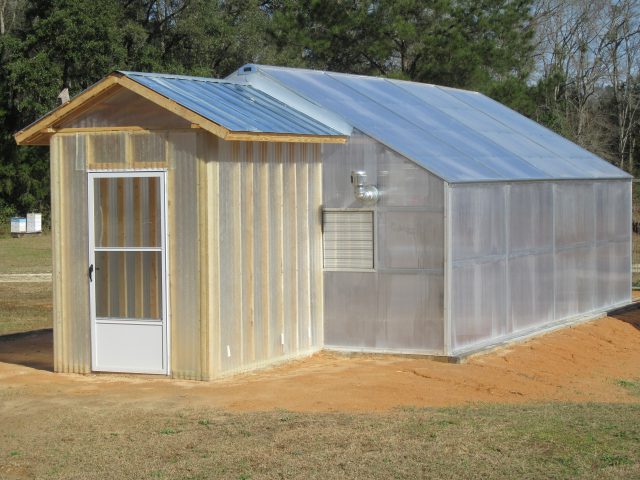
by Matt Lollar | Feb 9, 2018
Greenhouse vegetable production can help diversify your farm. Florida possesses a competitive advantage during winter months, because of much lower heating costs compared to other states and Canada. A major disadvantage, however, to producing greenhouse vegetables...
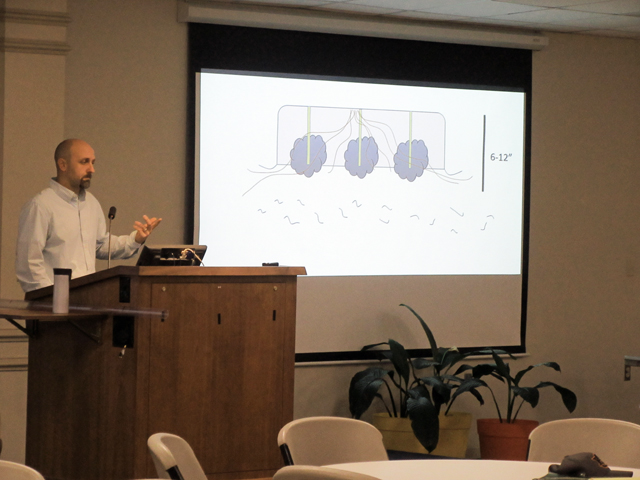
by Matt Lollar | Feb 2, 2018
Thank you to all those who attended the Tri-State Cucurbit Workshop held in Jackson County on January 25, 2018! There was a great turnout with participants from Florida, Alabama, and Georgia. Thank you to our presenters: Dr. Mathews Paret; Dr. Melanie Kalischuck; Dr....
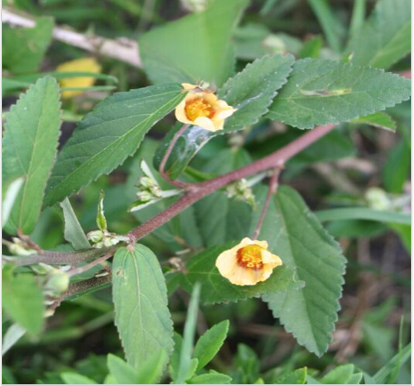
by Kalyn Waters | Feb 2, 2018
Arrowleaf Sida is commonly known as teaweed, ironweed, or southern sida. It is a spring emerging broadleaf commonly found in pastures, pinelands, hammocks, and disturbed areas. Arrowleaf Sida is a native plant found from South Carolina, throughout Florida, and as far...
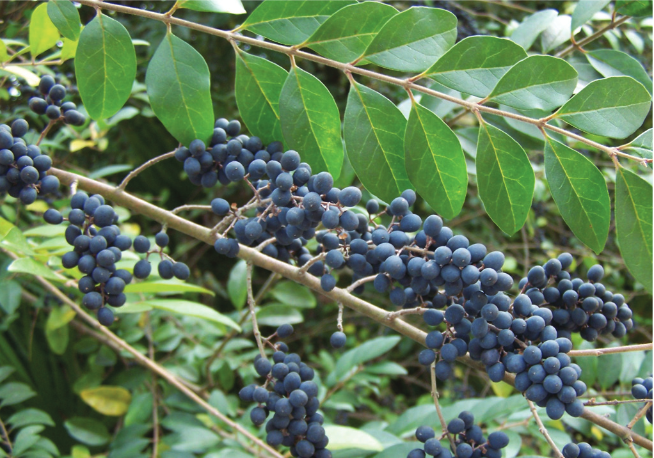
by Doug Mayo | Feb 2, 2018
This week’s featured video was produced by Alabama Extension to show the results of a Chinese Privet chemical control demonstration. This video shares the results for three techniques used for privet control: foliar (spraying leaves), cut stump, and basal bark...







